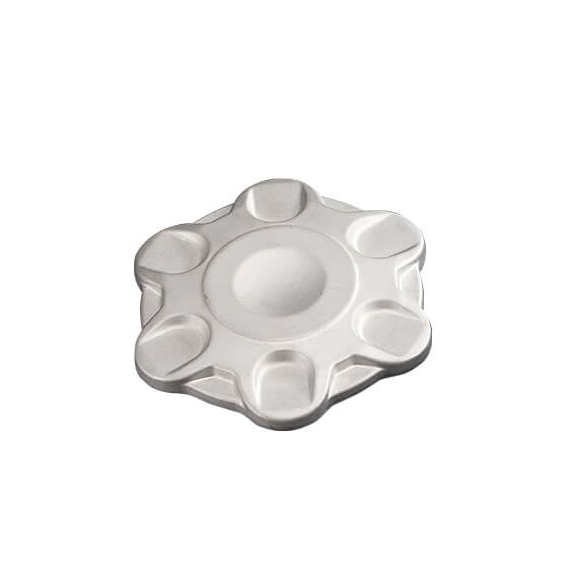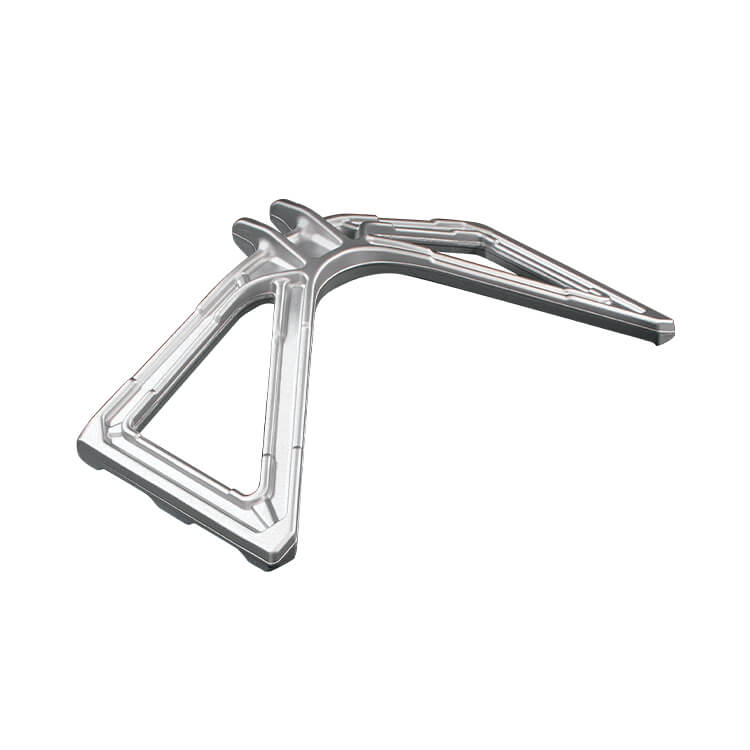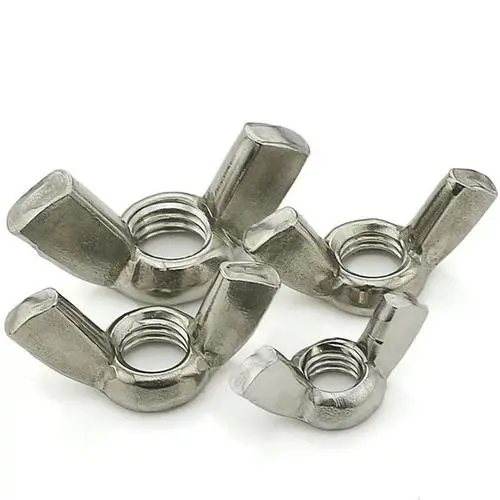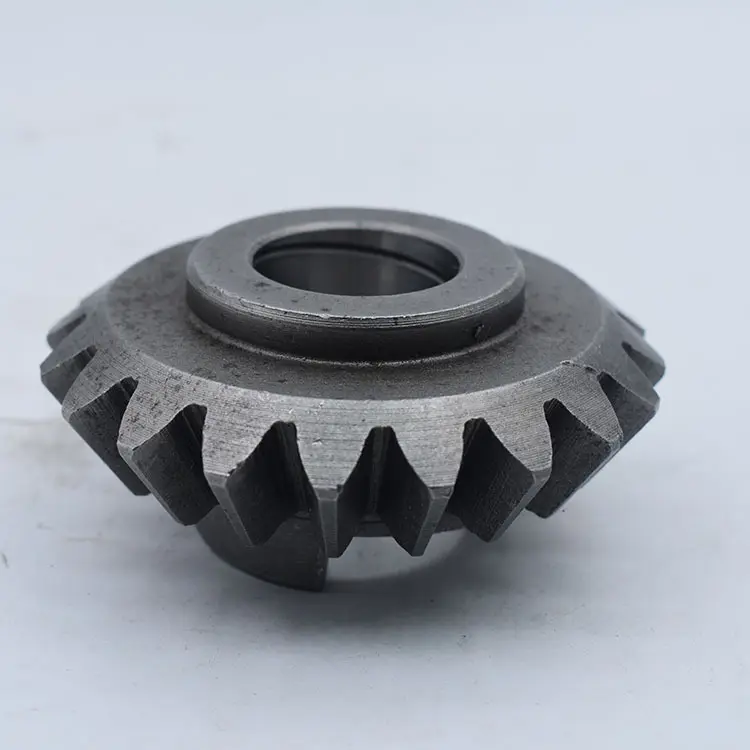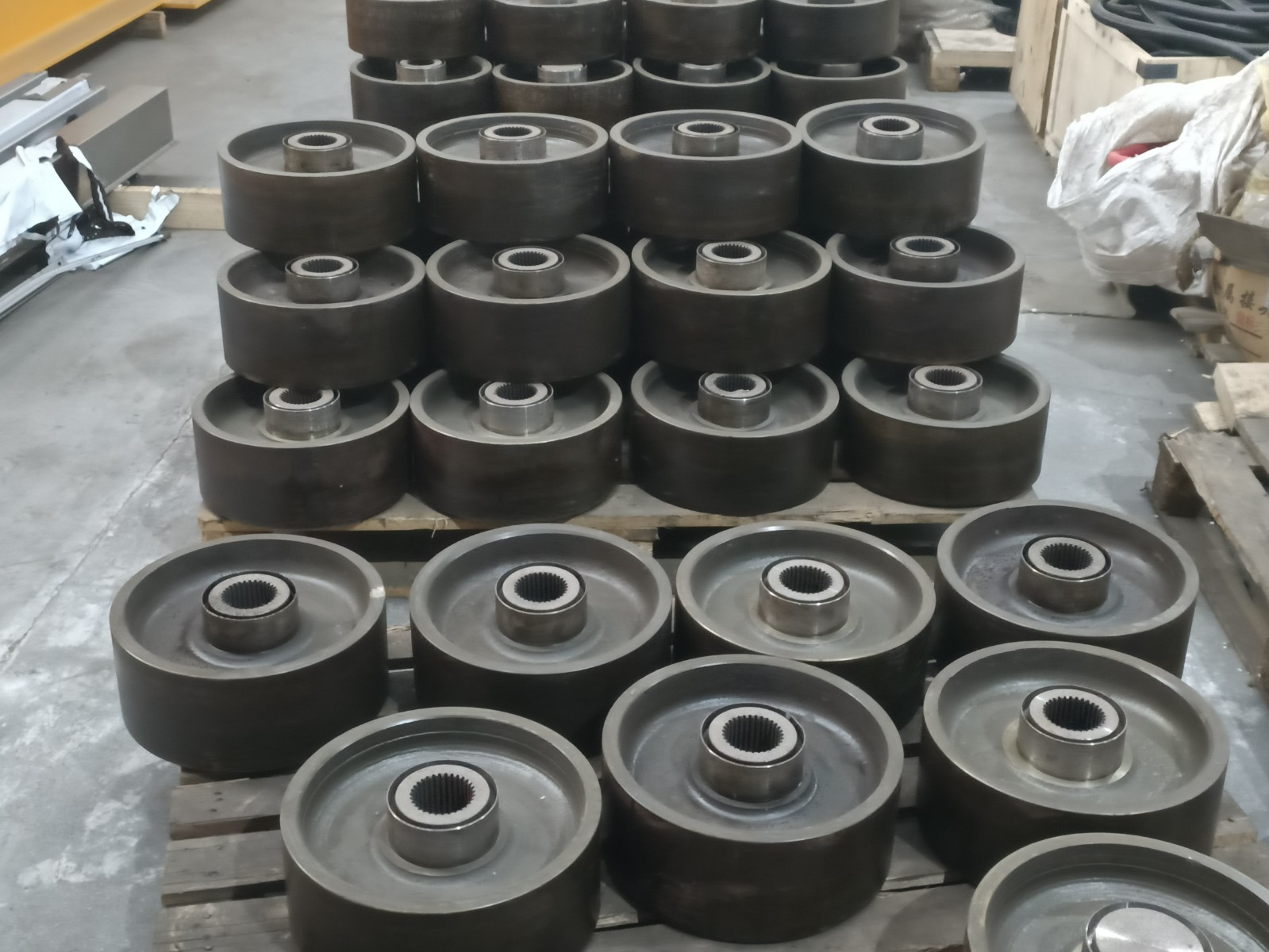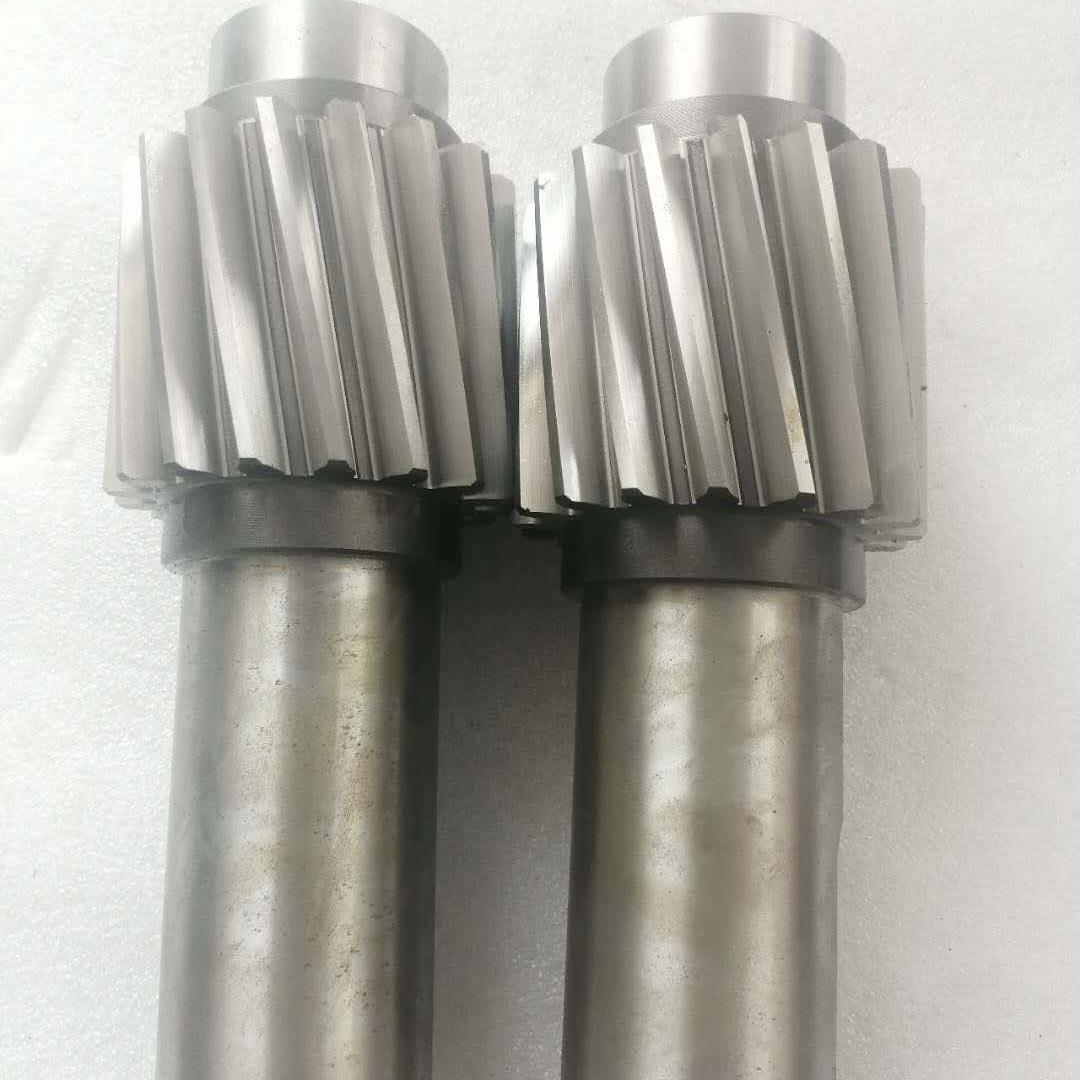Automobile Wheel Hub Flange Forgings
Automobile wheel hub flange forging is an important part of automobile hub, which is produced by forging process. When installing, put the flange on the hub and tighten the nuts. Its main function is to prevent excessive friction between the tire and the rim, thereby reducing tire wear and noise. There are several shapes of flanges, such as round and square, and its materials mainly include three types: cast iron, aluminum alloy and stainless steel.
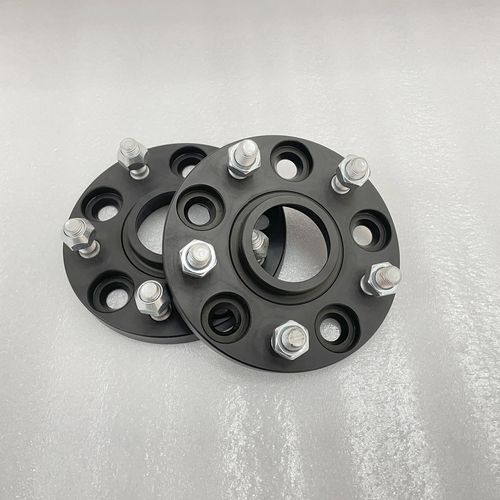
Features
● It can improve the strength and fatigue resistance of metal materials, so that the forgings of automobile wheel hub flanges have higher strength and can withstand the load and impact of vehicles.
● The organizational structure of the metal material is improved, so that it has good toughness and impact resistance, and can adapt to various working conditions and vibrations of the vehicle during driving.
● Forgings can usually be formed at one time, reducing the process and cost of subsequent processing.
● High precision requirements are required to ensure the fit and engagement with the hub and wheel.
● Using the forging process to produce automobile wheel hub flange forgings can improve its strength, toughness and impact resistance, while improving production efficiency and reducing costs. This kind of forging is widely used in the wheel hub system of automobiles to provide reliable support for the suspension and driving of the vehicle.
Forging process of automobile wheel hub flange
1. Material preparation: choose suitable metal materials, usually use high-strength alloy steel or aluminum alloy as raw materials.
2. Heating pretreatment: heating the raw material to an appropriate temperature, usually above the recrystallization temperature of the material, to improve the plasticity and deformation ability of the material.
3. Primary forging: Put the preheated raw material into the forging equipment, and deform it into a preliminary shape by applying pressure. Forging is usually carried out with a forging hammer or a forging press, and forging and pressing are carried out according to the design requirements, so that the material forms a preliminary flange shape.
4. Heat treatment: heat treatment of forged parts to eliminate internal stress and improve the structure and properties of materials. Common heat treatment methods include annealing, normalizing or quenching.
5. Secondary forging: Secondary forging is performed on heat-treated parts to further improve the compactness and mechanical properties of the parts. This step is usually called final forging, and the final flange shape can be obtained by further forging and extrusion operations.
6. Machining: Precise machining of forged parts, including turning, milling, drilling, etc., to achieve the size and surface roughness required by the design.
7. Surface treatment: Surface treatment of machined parts, such as chrome plating, spraying or anodizing, etc., to improve the corrosion resistance and aesthetics of the parts.
8. Inspection and quality control: Through non-destructive inspection, dimensional measurement and performance testing, etc., strict inspection and quality control are carried out on the forged hub flange to ensure that it meets the design requirements and standards.






